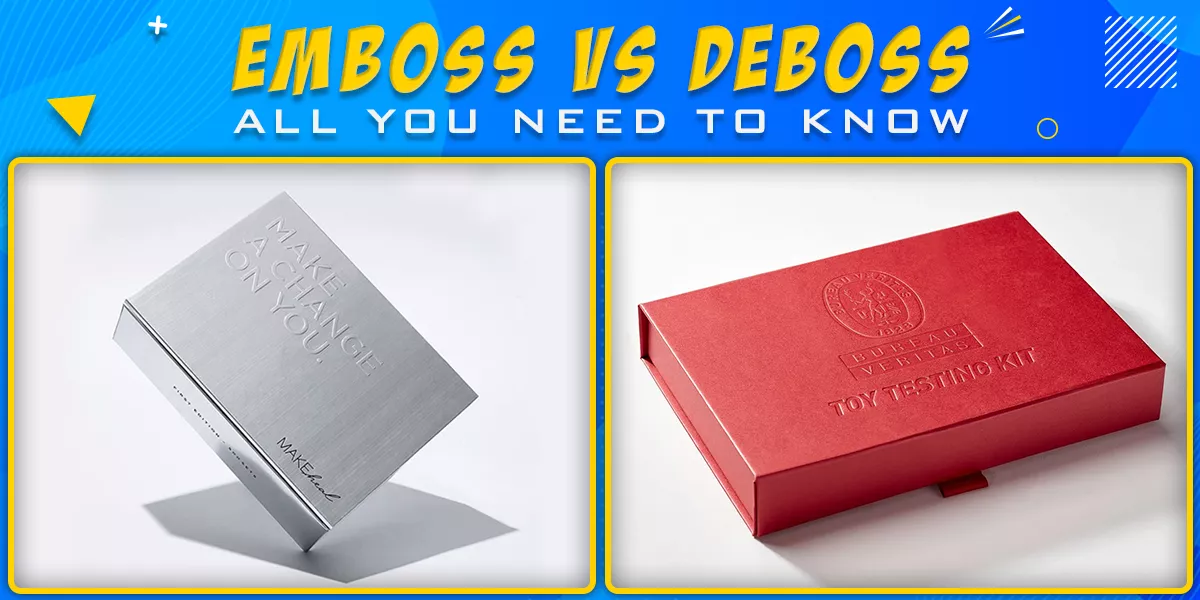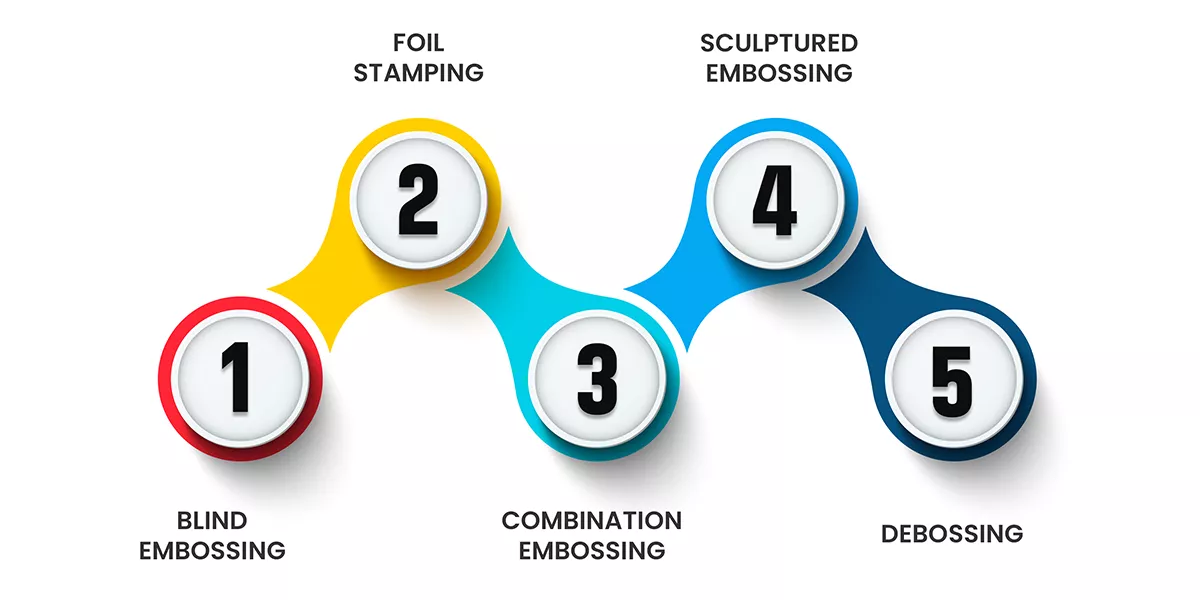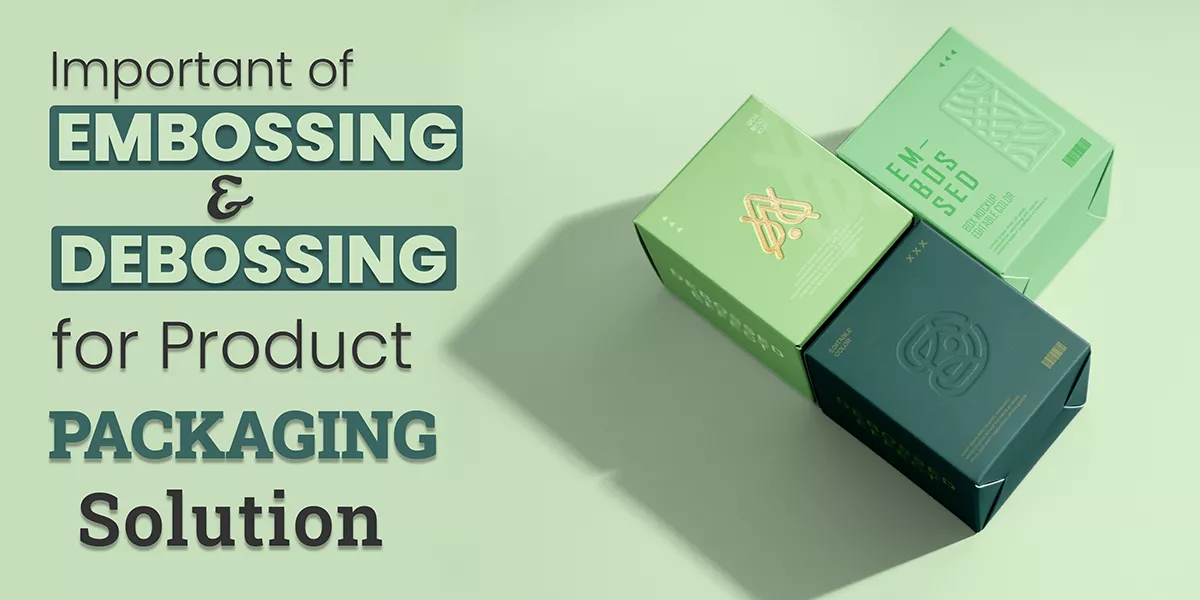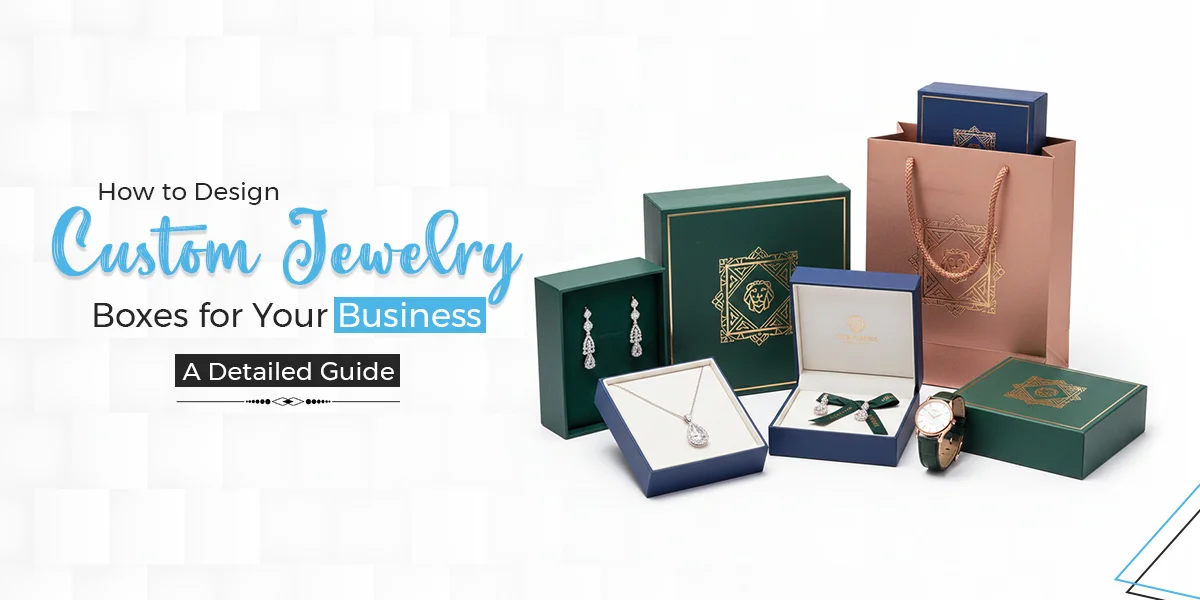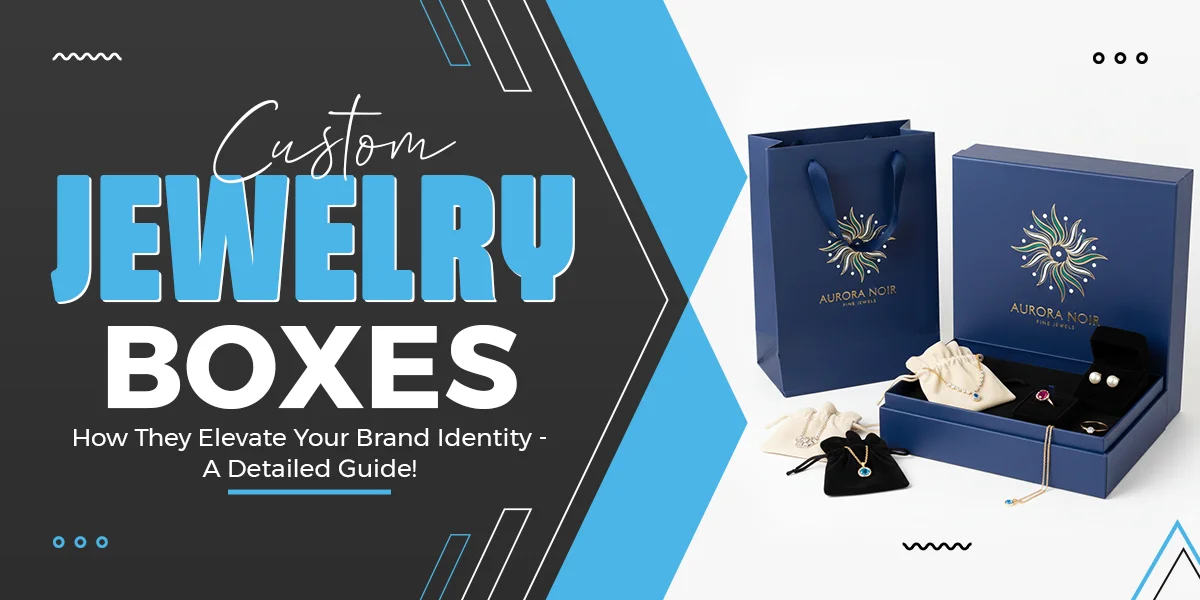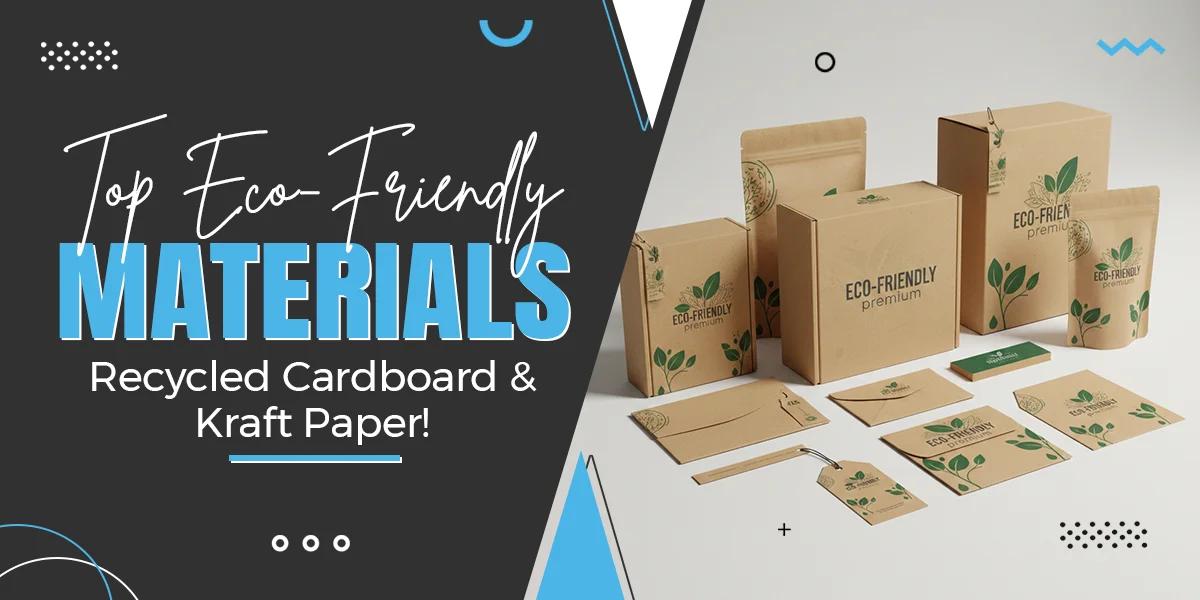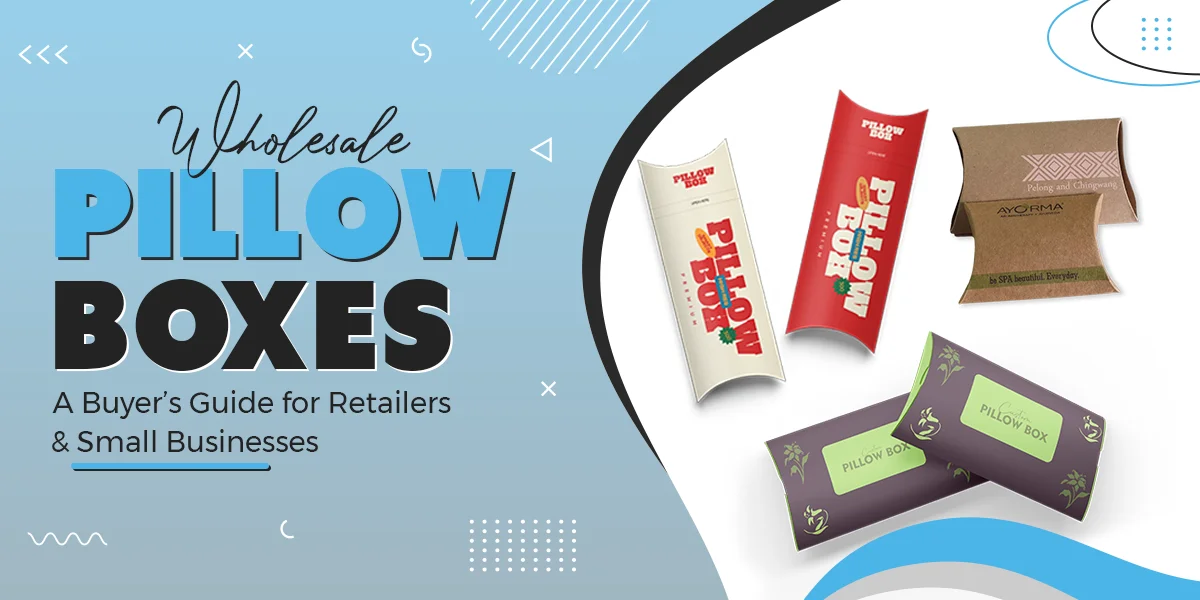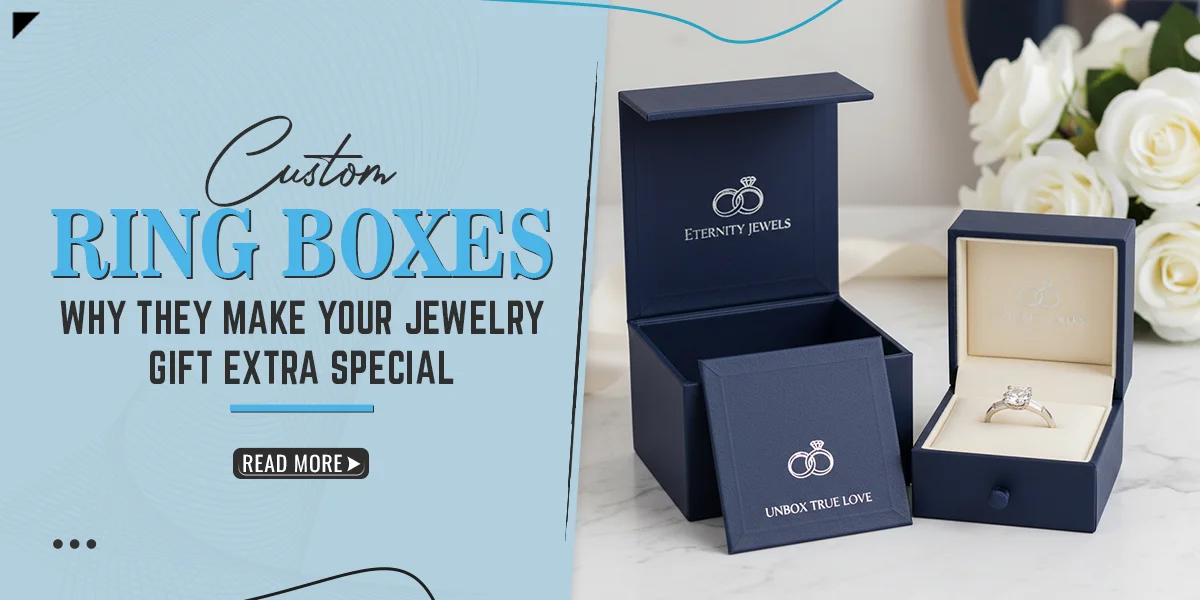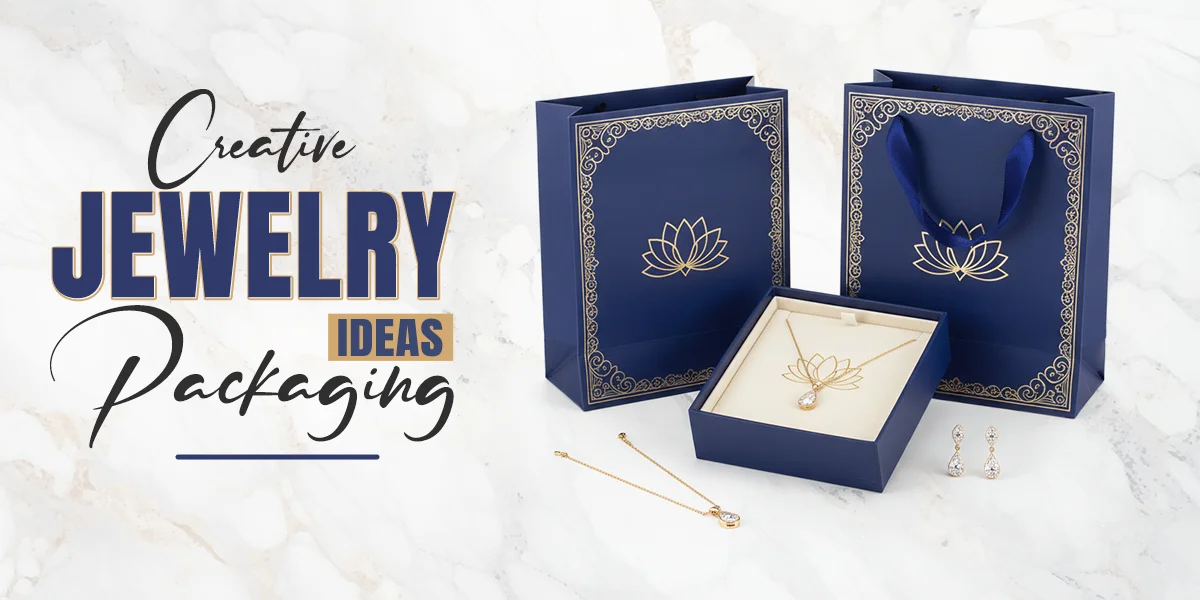Have you ever wondered how some packaging stands out on the shelf, catching customers’ eyes with its unique texture and design?
The secret often lies in two key techniques: embossing and debossing. These techniques can transform a standard design into something memorable and engaging. But when it comes to choosing between embossing vs. debossing, which technique should you choose? Which one is best for your product packaging, whether it’s rigid boxes or custom perfume boxes? Let’s find out! Let’s find out!
Emboss Vs. Deboss – A Brief Intro
Embossing and debossing are innovative techniques designed to give printed materials a more tactile experience. Typically, these techniques create raised or indented patterns on surfaces like paper, cardstock, leather, and metal. The great thing is that both techniques can add a distinct sensory dimension to designs.
What is embossing?
In simple words, the embossing technique brings elements out of the material for a raised texture.
On the other hand, debossed means pressing the elements into the surface. This will create an elegant, understated effect.
In product packaging, like gift packaging boxes, both techniques can dramatically transform the look and feel of your packaging. As a result, they can make your packaging more attractive and engaging to potential customers.
Embossing & Debossing – The Process
So, the magical process of embossing and debossing starts with a custom-made die and counter. The die, which is a metal stamp with the desired design, works in a cycle with the counter to mold the material into the design’s shape under pressure.
The process can be performed with or without heat. Technically, it depends on the material’s properties and the effect you want to achieve. Whether raising a design above the material’s surface (embossing) or pressing it inward (debossing), the essence of the process lies in this transformational pressure. In the end, the process interprets a distinctive finish that enhances your product’s appeal.
Embossing and Debossing – Let’s Compare Them!
As we mentioned above, embossing and debossing are both techniques used to add a tactile dimension and visual interest to materials. However, of course, they have some different features.
- Embossing
This technique creates a raised design by pressing a metal die onto the backside of the substrate. As a result, you will get a textured image on the front and a mirrored indentation on the back.
- Debossing
The technique impresses a design into the surface of a material. This will result in creating a depression. With thick substrates, the back remains unaffected, preserving a flat surface.
What to Consider in Embossing and Debossing?
Keep in mind that not all images emboss well. Choosing between embossing and debossing depends on the visual and tactile impact you desire. Embossing will be ideal for a standout effect. Meanwhile, debossing will be perfect for a minimalist approach. Moreover, the type of material and the overall brand image should also guide your decision.
Thus, before embossing an element of your printed design, consider the following!
Start Your Project with Vector Art
You should ask your packaging designer to submit the final design as a vector art file rather than a raster file. The reason is that vector art is made up of mathematical rules that enable it to be resized up or down without compromising quality. This means that these files will translate the smoothest into an embossing die.
Decide the Part You Want to Emboss
Next, you should decide which part of your design you want to emboss. For example, your brand’s logo, text, a single image, and a small pattern will be remarkable with embossing.
Furthermore, an emboss or deboss looks best when you apply it on an accent rather than as a whole piece. For example, you can emboss a specific pattern on the cover of a business card to add a touch of elegance.
Consider Using Simple Artwork
The fact is, embossing and debossing adds literal dimensionality to a 2D image. This means that embossing actually looks best on simple artwork. So, make sure you keep your artwork design simple.
How About a Multi-Level Emboss?
If you want to apply a multi-level emboss, your deepest areas should be the largest parts of the design. Instead, if you go too deep with your emboss on a small section of your design, the material can tear easily.
Use a Heavier Paper Stock
Heavier paper stock is best to highlight the depth and detail of the embossed graphics or images.
Don’t Skip on the Back of Your Packaging
Yes, you should not skip on the back of your print piece. Why?
The embossing technique will affect the design of this area. But wait, this doesn’t make embossing a limitation. Instead, it will be an opportunity to add some really aesthetic visuals to your piece.
How Embossing Works for Packaging
What is embossing? It is a process of applying the raised texture to the packaging. Heat and pressure are used to emboss cardstock and packaging materials. Let’s learn how to emboss a packaging.
- Creation of Design: Our professional graphic designing team can assist you in creating an embossed logo or design.
- Development of Die: Printmaking embossing requires a special die created from the sturdy materials like metal depending on the design nature.
- Placement of Material: Material like leather, cardstock, or paper must be embossed in the presence of embossed printing. You can learn how to emboss paper by hand.
- Heat and Press: press and heat the die against the material for an embossed pattern.
- Design Formation after Cooling: The material must be cooled down after graphic or text embossing.
How Debossing Works for Packaging
- Die Creation: Develop a die for debossing stamp to ensure a recessed surface.
- Material Placement: Use material like fabric, leather, or paper.
- Press and Heat: Press the die on the material in the presence of heat and pressure to ensure a debossed design.
- Cooling Process: Allow material to cool after the completion of the debossing process.
Debossed Vs Embossed – Why Is It Important for Product Packaging Solutions?
As you know, your product packaging is not just a protective casing. More than that, it serves as the storytelling canvas of your brand. Although embossing and debossing are not merely decorative, they can elevate your product’s narrative through sensory appeal.
Here’s why you should consider embossing or debossing on your product packaging!
Apply Branding with Dimension
Embossing and debossing techniques will turn your brand’s logo into tactile experiences. Hence, they will make your brand memorable.
Provide Information with Impact
Both techniques ensure your message is front and center.
The Touch Factor
Embossing and debossing offer a premium feel that digital mediums can’t match.
Increase Product’s Perceived Value
Both techniques represent luxury, which will increase the perceived value of your products.
When it comes to product packaging, embossing, and debossing are the nuances that create an unforgettable brand experience.
Easy Tips for Designing with Embossing and Debossing
To make sure your embossing or debossing stands out for all the right reasons, you can check out our tips below!
Let the Simplicity Shines
Complicated designs can lose clarity when embossed or debossed. So, you must stick to simple designs for maximum impact.
Material Matters a Lot
Choose the right packaging materials that complement the embossing or debossing process. As we mentioned above, heavier paper or cardstock will surely work well.
Work with Experts
Work closely with packaging experts in Instant Custom Boxes. We can guide you on how to achieve the best results with your chosen design and materials.
Wrapping Up
Undoubtedly, embossing and debossing techniques can transform a standard design into something memorable and engaging. When it comes to product packaging, they are the nuances that create an unforgettable brand experience.
If you’re looking to elevate your brand’s packaging, custom embossed boxes and debossed boxes could be the perfect solution. These boxes not only highlight your design with a tactile and visually appealing finish but also enhance the perceived value of your product. Whether you’re packaging luxury goods, gift items, or high-end products, embossed boxes offer the sophistication and elegance that sets your brand apart.

